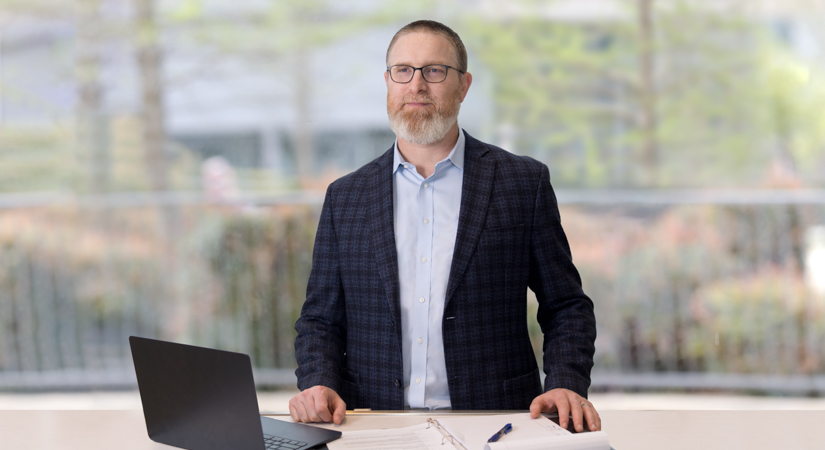Washington Department of Ecology Releases Draft Green Remediation Guidance
At the end of May, the Washington Department of Ecology (Ecology) issued draft Green Remediation guidance for public review and comment. The comment period ends June 25, 2021.
- Ecology’s purpose in developing the guidance is to “increase the environmental benefit and reduce the environmental impacts during the cleanup process” under the state’s Model Toxics Control Act.
- The green remediation guidance includes best management practices (BMPs) to consider during site investigation and remedy selection and implementation.
- At Ecology-led cleanups, the agency will require the use of green remediation BMPs. For Ecology-supervised cleanups at formal cleanup sites and for independent cleanups, Ecology will encourage the use of the BMPs.[1]
- Parties performing cleanups should look closely at the extent to which green remediation BMPs may be relevant to the development and evaluation of remedy alternatives.
- Notably, Ecology has indicated that implementing the BMPs in “highly impacted communities” can have environmental justice benefits.[2]
Ecology will include the green remediation guidance as an appendix to Ecology’s 2017 publication on Adaptation Strategies for Resilient Cleanup Remedies.[3]
Overview of Proposed Green Remediation Guidance BMPs
The green remediation guidance identifies a process for selecting BMPs based on site-specific considerations. As proposed, green remediation would have five metrics and associated goals. The metrics are: (1) energy; (2) air; (3) materials and waste; (4) water; and (5) land and ecosystems. As an example of green remediation goals, for the energy metric, one related goal is to minimize the use of non-renewable fuels.
To facilitate the selection of BMPs, the guidance contains three Tiers based on site needs and complexity. Each Tier is associated with a process for identifying BMPs that are “best suited” for the site.
- Tier 1 – Used for “relatively routine sites with straightforward sampling, limited remedies that are energy and fuel intensive and have low material usage, and does not include contaminated sediment as part of the site.”
- Tier 2 – Designed for intermediate sites involving “multi-phase sampling, multiple media types, technologies, and remedies.”
- Tier 3 – Possibly appropriate for complex sites involving “multi-phase sampling requirements, multiple media, and remedies that are materially, energy, and fuel intensive,” and that “span a very large area.”
Depending on the Tier, Ecology also recommends the use of a Green Remediation Environmental Evaluation Numeric (GREEN) Tool for evaluating the efficacy of the BMPs. The guidance contemplates the use of environmental footprint analytical tools, including Spreadsheets for Environmental Footprint Analysis and SiteWise, as an alternative to the GREEN Tool for complex sites. The guidance identifies additional green remediation resources, which users of Ecology’s guidance may wish to consult as well.
Ecology’s green remediation guidance is reflective of a general trend toward sustainable remediation practices, which seek to evaluate and address the environmental impacts of cleanups in a holistic fashion. EPA, for example, has developed a package of green remediation resources to consider as part of the Superfund program.[4] The Sustainable Remedial Forum, a nonprofit group, also seeks to increase the use of sustainable remediation practices.
With an office in Seattle, WA, Beveridge & Diamond’s Superfund, Site Remediation, and Natural Resources Damages practice group assists clients in litigation and allocations at CERCLA sites, including complex, large-scale sites. We counsel clients on developing case law and requirements under CERCLA and similar state laws, including Washington’s Model Toxics Control Act. For more information, please contact the authors.
[1] Ecology will also consider green remediation BMPs in remedial action grant decision-making.
[2] According to WAC 173-322A-100(24), the term “highly impacted community” means “a community that the department [i.e., Ecology] has determined is likely to bear a disproportionate burden of public health risks from environmental pollution.” Ecology is considering revisions to its Cleanup Rule that would further refine the definition of highly impacted communities and how they should be involved as part of the cleanup process.
[3] Ecology plans to retitle the Adaptation Strategies for Resilient Remedies publication to Sustainable Remediation.
[4] At the federal level, green remediation efforts may take on new significance in light of President Biden’s commitments to reducing greenhouse gases and promoting environmental justice.








